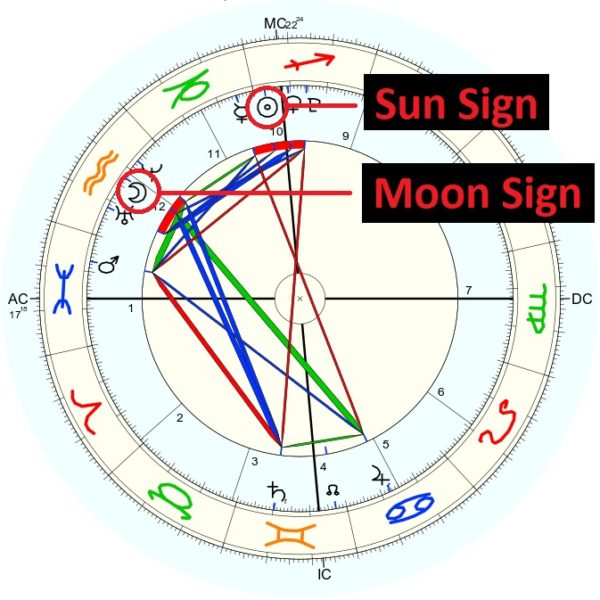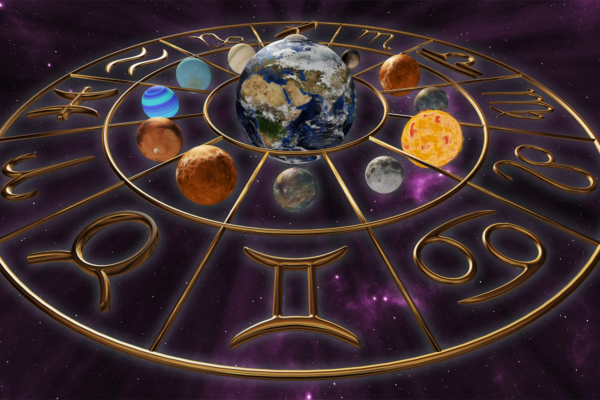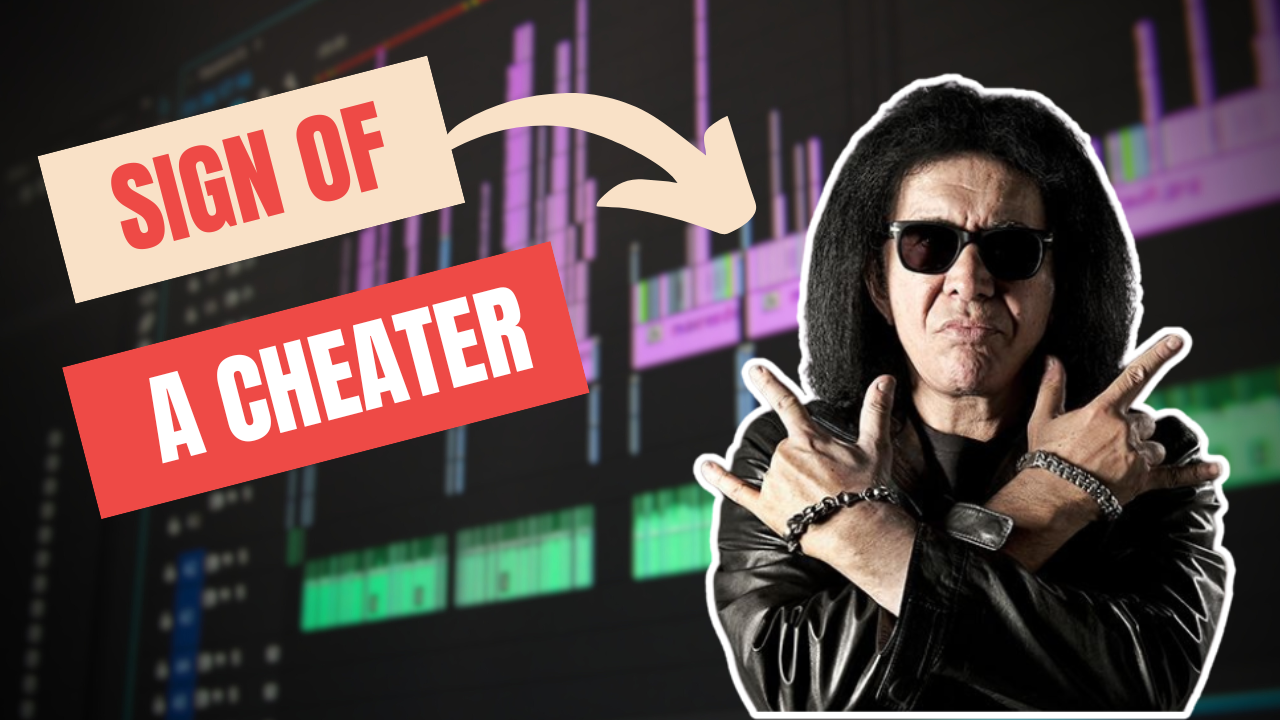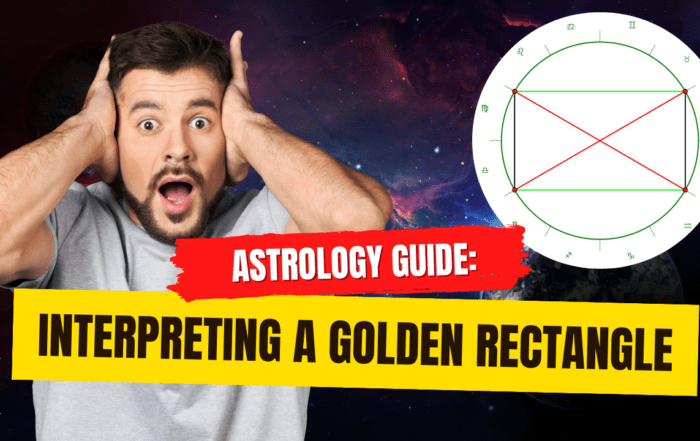Hello everyone. I’m Duy Magi – a Multiverse Astrologer. Today, I’m starting a series to teach you how to read your Astrology Birth Chart in the easiest way possible.
And we are going to begin with the basic and most common method.
That is the Traditional Astrology System of 12 Zodiac signs.
But before that, let’s start with some basic concepts.
So, don’t worry if your astrology knowledge is currently at zero.
What is Astrology?
First, what is Astrology, anyway? Here’s the simple definition. Astrology is the study of how celestial bodies’ movements in the solar system influence people on Earth. There are many astrology systems, but the most popular one is the 12 Zodiac signs.
What is a Birth Chart?
Next, what is an Astrology Birth Chart? Here’s the simplest explanation.
Your Personal Astrology Chart is like a snapshot of the sky at the time and place you were born. This snapshot includes the positions of the Moon, Sun, planets, and asteroids. But in the 12 Zodiac Astrology System, this snapshot changes in color and scenery every 2 hours.
So, if you don’t know your birth time quite accurately, this system won’t work. But don’t be discouraged. There’s still another accurate way to read Astrology Birth Chart, better than the traditional method, even when birth time data is missing. And I’ll teach you that very soon.

Where to get Birth Chart for free?
There are plenty of websites and mobile apps that allow you to do this. One of the longstanding websites that lets you create a free birth chart is Astro.com. You just need to enter your personal information like your birth date, birth time, and birth place, and the system will generate your birth chart.
This is the website that I personally often used when I was just getting into astrology.
However, as I advanced in my studies, there are many features I might want to use but are limited on Astro.com. That’s why, along with my friend Tran Van Sang, we created an online tool for drawing free astrology charts at Astropro.vn. Our system supports over 600,000 celestial bodies and can draw Astrology Charts in 6 dimensions.
This is a breakthrough because usually, to get these features, astrology learners have to spend from a few hundred to a few thousand dollars to buy specialized astrology software.

Core of the 12 Zodiac Astrology System
Now, let’s dive into how to read an astrology chart. The first thing you must understand is the core of the 12 Zodiac Astrology System. So what is the essence?
The 12 Zodiac astrology system focuses on studying the influence of astrological phenomena occurring in each Zodiac sign. There are two types of astrological phenomena.
Planets & Asteroids in Astrology Birth Chart
The first phenomena involves observable celestial bodies of the solar system, such as the Moon, the Sun, planets like Mercury and Venus, asteroids like Chiron and Vesta, and dwarf planets like Pluto and Haumea. They are real things we can photograph and observe in the sky.
The positions of these planets and asteroids within a specific Zodiac sign are the top concern for learners of the 12 Zodiac Astrology System. For instance, we might be curious about the differences between someone with Venus in Sagittarius compared to someone with Venus in Capricorn.
But among all celestial bodies, astrologers of the 12 Zodiac System primarily focus on the positions of the Sun and the Moon. They are referred to as the Sun Sign and Moon Sign in the birth chart.
Calculated Points in Astrology Birth Chart
However, there’s a second astrological phenomenon that fewer people know about. This is because they are things not observable in the sky but are calculated based on the positions of planets and asteroids from the first group mentioned earlier.
For example, many astrologers use the Sun-Moon midpoint, which is simply the point halfway between the positions of the Sun and the Moon. However, this is not something we can directly observe in the sky; it only exists when we calculate and add it to the chart.
Beyond the midpoint, there are many other commonly used calculated points in astrology, such as the Part of Fortune, Descendant, Black Moon, etc. But one of the most important calculated points that many people care about is the Ascendant, represented by the symbol AC in the chart.
The Ascendant is the Zodiac sign rising on the eastern horizon at the time and place of your birth. However, every approximately two hours, the Ascendant changes. Therefore, there are 12 different Ascendants in a single day.

Sun Signs, Moon Signs & Rising Signs in Astrology Birth Chart
So, we have three crucial astrological factors in the 12 Zodiac astrology chart: the Sun Sign, the Moon Sign, and the Ascendant. Specifically:
- **Ascendant (Rising Sign):** Represents the outer layer, your external appearance, how others perceive you when they first meet you.
- **Sun Sign:** Represents the ego, the true self, the real personality along with genuine desires of an individual. It’s who you truly are, the person you recognize within yourself.
- **Moon Sign:** Represents emotional needs, how one expresses emotions, and unconscious habits and tendencies.
When the Ascendant, Sun and Moon fall into different Zodiac signs, they bring different characteristics and interpretations. To understand the meanings of these combinations, you can watch my next video or search on Google for corresponding keywords like “Traits of Aquarius Sun” or “Meaning of Capricorn Ascendant” or ” Cancer Moon Interpretation,” etc.
The 12 House System in Astrology Birth Chart
The next prominent astrological element you need to pay attention to is the 12 house system in the astrology chart. They are numbered from 1 to 12 counterclockwise starting from the Ascendant in your birth chart. Each house governs an important area of life. Specifically:
**House 1:** Represents the self, how you present yourself, and interact with the external world.
**House 2:** Relates to finances, personal values, and how you manage resources.
**House 3:** Represents communication, education, and relationships with those around you.
**House 4:** Relates to family, home, deep emotions, and the foundation of the soul.
**House 5:** About joy, creativity, love, and children.
**House 6:** Represents daily work, health, and service to others.
**House 7:** Relates to relationships, partnerships, and marriage.
**House 8:** About sharing resources, transformation, and facing change.
**House 9:** Represents knowledge, travel, and life perspectives.
**House 10:** Relates to career, social status, and professional life.
**House 11:** About community, social relationships, and future dreams.
**House 12:** Represents spirituality, the subconscious, and the end of a cycle.
Astrology learners of the 12 Zodiac system will be interested in which planets, asteroids, or calculated points appear in each house. Because, in doing so, they create special meanings. For example, a person born with Jupiter in the 10th house is considered to have advantages in their career. On the contrary, someone born with Saturn in the 10th house might face challenges in their professional life.
To understand the meanings of these combinations, you can watch my next video or search on Google for corresponding keywords like “Meaning of Venus in the 3rd house” or “Traits of Mars in the 4th house.”
Aspect in Astrology
And the final astrological factor, although less important, still holds a certain influence in the 12 Zodiac Astrology System. That is Aspect and Planetary Geometry.
So, what is Aspect? An Aspect is the distance between two planets on the astrological chart. However, these angles only become particularly significant when they are multiples of 30 degrees.
Not all Aspects have special meanings, and when you create an Astrology Chart on websites or mobile apps, the system will only display those important aspects.
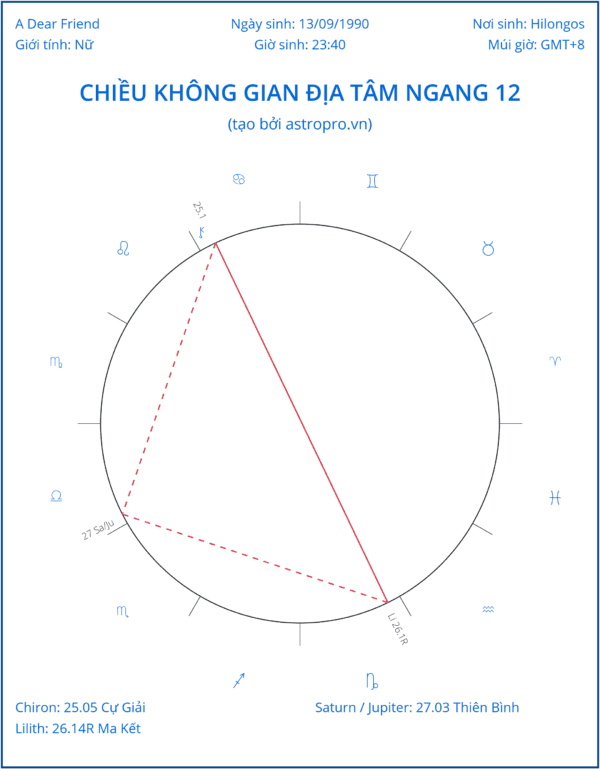
Although there are debates, most Astrologers of the 12 Zodiac system generally agree that a 60-degree Aspect (Sextile) and 120-degree Aspect (Trine) are positive, while a 90-degree Aspect (Square) and 180-degree Aspect (Opposition) are considered challenging.
To understand the meanings of each Aspect, you can watch my next video or search on Google for corresponding keywords like “Meaning of Sun Square Moon,” or ” Mercury Trine Uranus Interpretation.”
Planetary Geometry in Astrology Birth Chart
When multiple planets interact and form Aspects with each other, they create Planetary Geometry with different shapes. Geometries with more Sextile and Trine Aspects (60 and 120 degrees) are considered favorable. On the other hand, geometries with more Square and Opposition Aspects (90 and 180 degrees) are seen as challenging.
For example, a chart with a Grand Trine configuration is considered very positive, while a chart with a T-square or Grand Cross configuration is regarded as very challenging.
Step by step to read a Birth chart in 12 zodiac Astrology system
In summary, to read an Astrology Birth Chart using the traditional 12 Zodiac system, you need to focus on decoding the following factors in order:
- The important Triad: Sun Sign, Moon Sign & Ascendant.
- The meanings of planets and asteroids in each House.
- The meanings of Aspects and Planetary Geometries.
If you are a beginner, you can easily find information about these factors online or wait for my upcoming videos.
Limitations of the 12 Zodiac Astrology System
Now, let’s briefly discuss the limitations of the 12 Zodiac Astrology System. Generally, there are many drawbacks, and I will dedicate a separate video to this topic. However, in this video, I will talk about the two major weaknesses, so pay close attention before delving into your astrology birth chart.
Inability to function without Birth time
Firstly, the 12 Zodiac astrology system only works when there is relatively accurate birth time. In other words, without birth time data, you won’t be able to interpret the birth chart. But asking for birth time, especially from someone you’ve just met, is not an easy task. Not everyone is willing to share this information, and this happens frequently.
So, This is the biggest drawback. However, there is still a highly accurate method to read a chart even if you don’t have birth time data, and I have applied this method for over 10 years in my practice. So, I will teach you this method in the next blog, so stay tuned.
Level of Accuracy in 12 zodiac Astrology system
Secondly, the accuracy of the 12 Zodiac Astrology System is not very high. The clinical study titled “A Double Blind Test of Astrology,” published in the scientific journal Nature in 1985, affirmed this. In this study, 28 well-known astrologers participated in a test to predict the personalities of volunteers.
Despite their confidence, the results showed an accuracy rate of only about 30%. This raised significant questions about the accuracy and effectiveness of traditional astrology.
So, don’t expect too much when reading a chart using the 12 Zodiac system. In general, if you want to learn about the basic personality traits of yourself or someone else, the 12 Zodiac Astrology System may provide some answers.
But if you want to make important decisions, such as career orientation or choosing a life partner or business partner, you should be extremely cautious with the information you receive when reading birth charts using the 12 Zodiac Astrology System.
However, there is another method of reading a chart based on scientific principles, with extremely high accuracy. This is the method I mentioned earlier, which I’ve been using for over 10 years in my practice. So, I will teach you this method in the next blog. Stay tuned.
Free Astrology Study Group
Follow my channel and join the Facebook Group “Multiverse Astrology” if you want to learn astrology with a truly scientific approach. If you have any questions, feel free to comment. I will respond when I have time. If you want to schedule an astrology consultation, inbox me or click on the link below.
Now, goodbye and see you again very soon.
Hourly Astrology Consulting Service
Auspicious Date Selection Service
Learn Multiverse Astrology

